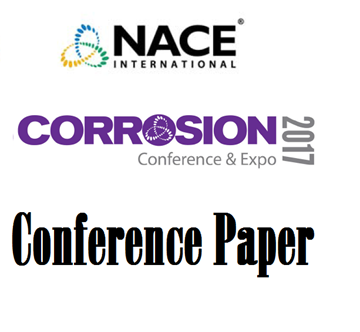Search
Procedure Proposition using a Compact SENT Geometry for Fracture Toughness Assessment in Sour Environment
Also Purchased
Pipe Burst Pressure Estimation in Sour Environment using Constant Load Fracture Toughness Tests
Product Number:
51319-13022-SG
Publication Date:
2019
$20.00
Fracture Toughness Evaluation of Precipitation Hardened Nickel Alloys Under Cathodic Polarization Environments
Product Number:
51319-12849-SG
Publication Date:
2019
$20.00
Sulfide Stress Cracking Fracture Toughness of 125 ksi Grade in Mild Sour Service Conditions
Product Number:
51317--9112-SG
ISBN:
9112 2017 CP
Publication Date:
2017
$20.00




